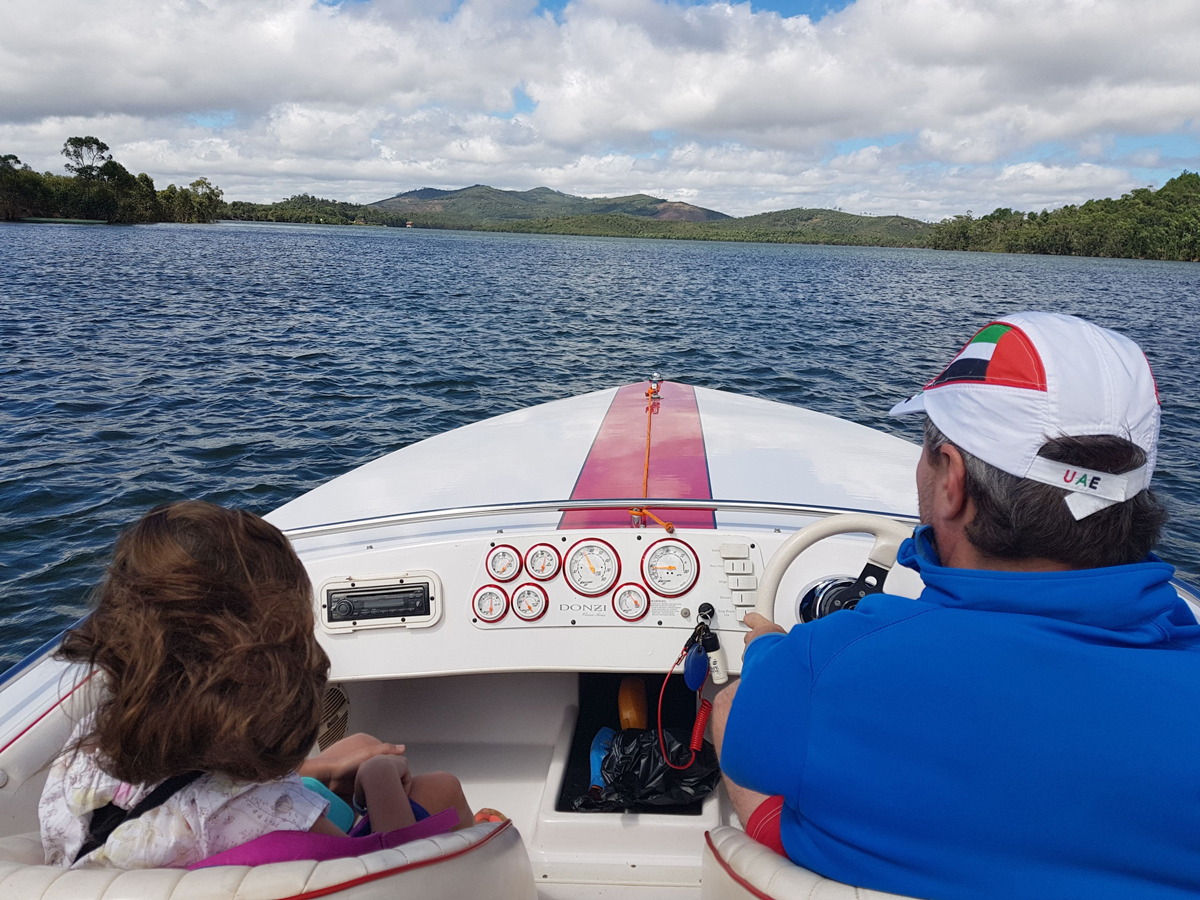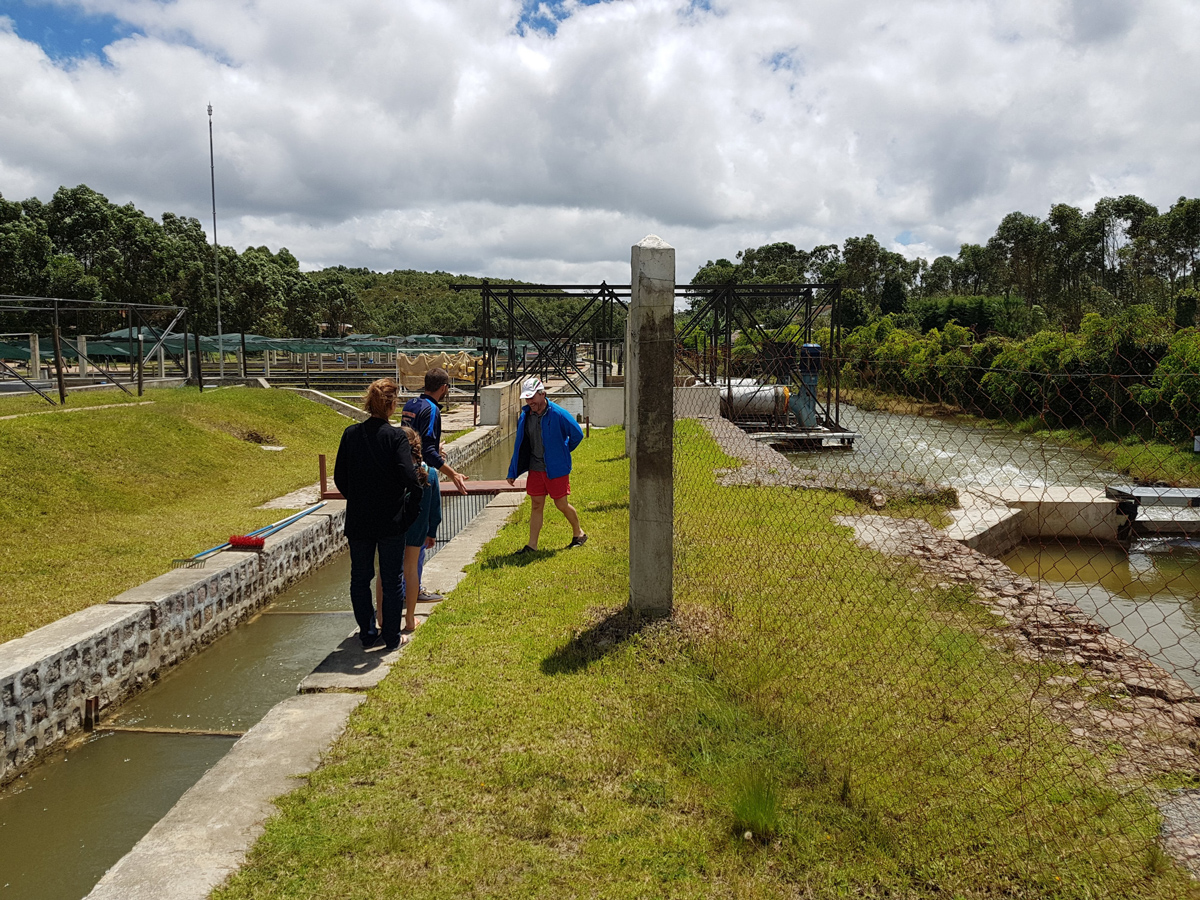
Caviar in Madagascar: The future 3rd largest global producer
It cannot be emphasized enough: Madagascar has unlimited potential for economic development. Agriculture, livestock farming, mining, labor force, tourism – the list of thriving markets goes on. While the majority of the population and leaders seem to live in another world, some visionary individuals are taking the right steps. This country never ceases to amaze with its wealth and the opportunities it offers. After Malagasy oil, now comes Malagasy caviar. Yes, caviar.
Acipenser: the first sturgeon farm in the Indian Ocean
A bold yet sensible project. While Madagascar has no native sturgeon species (the Acipenser genus originates from Europe, Asia, and North America), it is possible to recreate the freshwater conditions required for these fish in Malagasy waters. Everything is ideally suited, as shown by the results Acipenser has achieved so far. However, this endeavor requires substantial financial investment and a great deal of patience, as sturgeons reproduce only every 5 to 15 years depending on the species. The three founders of this venture, initially involved in producing ready-to-wear clothing for major French brands, saw Madagascar's potential and embarked on this adventure in 2009. They succeeded in hatching larvae from the first eggs on April 1, 2013. Depending on the species, these fish can reach lengths of 1.5 to 6 meters and weigh anywhere from 20 kilograms to a ton for the largest belugas.
Excellent breeding conditions
The breeding site is located on a 6-hectare estate in the Ambatolaona commune, about an hour and a half from Antananarivo. The unique feature of the region is Lake Mantasoa, which partly hosts Acipenser’s production facilities. This vast 2000-hectare water reservoir, built during the colonial era to regulate the Ikopa River, is rich in fish. Raising sturgeon here is far from unreasonable. Acipenser holds a CITES permit to ensure that production complies with international standards. Fertilized eggs are imported from Europe and incubated on-site. The farm's unique feed, hatchery, pre-growth, and growth facilities ensure optimal conditions. The large basins where the sturgeons are raised are built with natural stone blocks, giving the site an authentic and natural feel. The farm also includes a processing workshop certified to European standards to prepare Madagascar's caviar: ROVA.
A farm meeting international market standards
The environment - The fish farm is divided between a land-based site and a cage site directly on the lake, situated at an altitude of 1300 meters. The exceptional water quality makes it ideal for producing premium caviar. The breeding conditions are on par with European and American farms. The region’s stunning landscape, with its red-soil valleys, rice fields, eucalyptus, and pine trees, adds to its charm. Feed production: Acipenser produces its sturgeon feed on-site, using 80% locally sourced raw materials, free from GMOs, terrestrial animal meal, or blood meal. Carefully monitored and verified by experts, the feed ensures complete control over the activity, guaranteeing high-quality caviar. Farm values: Acipenser is on the verge of obtaining ISO 14001, 26000, and 22000 certifications. The company is committed to quality, society, and environmental standards. Its team includes 90 Malagasy and French employees, with management staff from the Fisheries and Marine Sciences Institute in Toliara. Local fish farming technicians are trained internally. Ultimately, Acipenser aims to become the world’s third-largest caviar producer.


Produced sturgeon species
- Siberian Sturgeon (Acipenser baeri)
This brown-gray or black-gray fish with a long nose produces caviar grains averaging 2.4 mm in diameter. The caviar ranges in color from brown to black or anthracite gray. Maximum size : 2 meters.
- Russian Sturgeon (Acipenser gueldenstaedtii)
Known as the diamond sturgeon, it features a green-gray or blue-black body with white star-shaped scutes. The Ossetra caviar is dark amber to golden, with grains measuring at least 2.8 mm.
- Beluga Huso huso
Originating from the Caspian and Black Seas, the beluga is the largest and heaviest sturgeon species. It produces large, buttery-tasting caviar grains (3.2 to 3.5 mm) with a pearl-gray hue that lingers on the palate. However, its long maturation period (18 years) corresponds to its extended lifespan of up to 118 years.
- Persian Sturgeon (Acipenser persicus)
This demanding species is challenging to raise but yields particularly golden, high-quality caviar with a unique flavor. Few producers manage to farm this elongated sturgeon, measuring 1.5 to 2 meters and weighing 80 to 150 kilograms.
- Naked-Belly Sturgeon (Acipenser nudiventris)
Native to the Danube, this innovative species reflects Acipenser’s originality. The blue-gray fish with white scutes is a novel addition to caviar production.